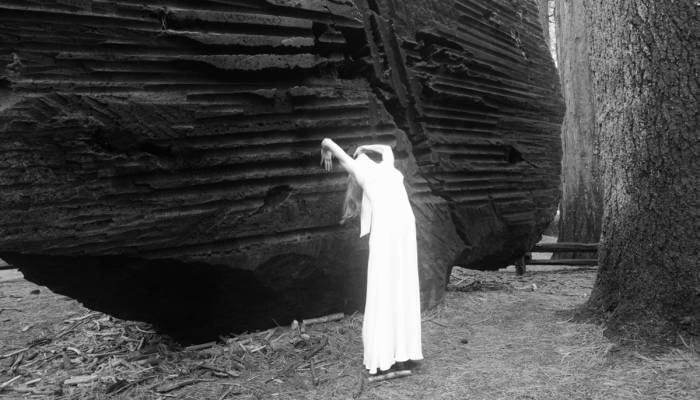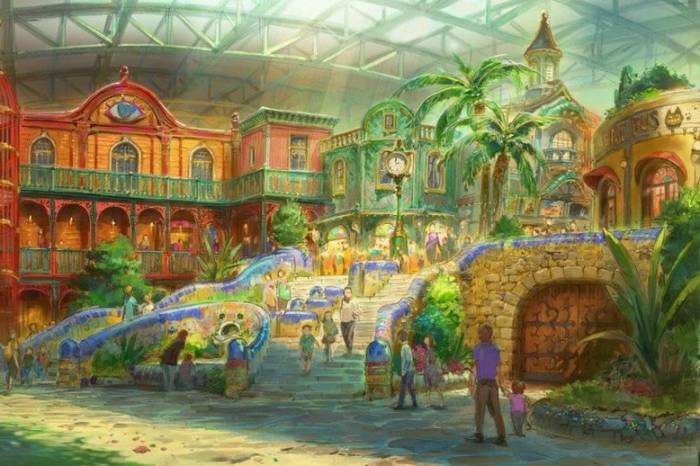Of Medieval Ghosts and Forgotten Territory: A City of 1,001 Churches
The Turkish town of Ani looks like a museum to the most beautiful ecclesiastical ruins in history.
Perhaps because they’ve managed to conquer time and to remain, or because remote architecture retains its charm, that charm generally projected onto ruins is also universally appreciated. On the Turkish-Armenian border, close to the Arpa River, one can see the remains of a medieval city, a wasteland whose ruins speak through ghosts. The memory is of the ungovernable town of Ani, “the city of 1001 churches.”
The legendary city of Ani, founded during the Bagratuni dynasty, found its place on the maps between the historic metropolises of Constantinople and Cairo. The population ranged between 100,000 and 200,000 inhabitants. Like any great, audacious, imperial city, Ani was built in a strategic area, on a triangle superimposed over the top of a hill. This gave the city strength over a hundred year period until the Byzantine conquest in 1045. Since then, the skyline of the ambitious metropolis went to seed: persistent conquests and looting forced the population to finally convert it to a full ghost town by the mid-eighteenth century.
What couldn’t be taken from Ani were precisely the greatest of it treasures: its precious religious architecture. In 992, the Armenian Catholic Church chose Ani as their principle patriarchal seat. Architecture in the Sassanian, Arabic, Armenian and Seljuk styles was erected, primarily in churches built from volcanic basalt. Today, more than a millennium after its founding, among its tireless hills, the medieval monuments for which it was called the city of 1,001 churches still survive.
The history of Ani, the history of the territory, has always been that of a wasteland under continual assault. A century after the city’s abandonment, it was rediscovered by archaeologists and European travelers who dedicated a museum to the artifacts found there. This too was destined for looting and abandonment once Turkey seized the territory after the first world war. As the region that currently divides Turkey and Armenia, it’s a region of endless exploitation, vandalism, inadequate restoration and unfavorable conditions from nature itself.
Despite all this, Ani, with its legion of 1,001 churches, continues to defy time, and will, perhaps forever.






Related Articles
When ancient rituals became religion
The emergence of religions irreversibly changed the history of humanity. It’s therefore essential to ask when and how did ancient peoples’ rituals become organized systems of thought, each with their
Larung Gar, the valley that is home to thousands of Buddhist monks
If we think about the monastic life it is very probable that we think about solitude, seclusion, silence and a few other qualities whose common denominator is the appropriate isolation for mediation
Dialogue with the Dalai Lama on science and spirituality
The Dalai Lama has been interested in science since he was a child. Over the years he’s visited many laboratories and has attended conferences that discuss consciousness from the scientific point of
A New Year's resolution for the earth
Worrisome quantities of waste are generated by human populations. Especially in cities, these have reached unprecedented and alarming levels. A largely uncontrolled practice, it affects everything on
The Dark Mountain Project: or how literature can confront ecocide
One impulse from a vernal wood May teach you more of man, Of moral evil and of good, Than all the sages can. Wordsworth, “The Tables Turned” (fragment) Words are elementary. The only reason we can
Are there no women in the history of philosophy?
Do only men philosophize? This could sound like a silly question, but if we quickly review the names of philosophers, from Aristotle to Slavoj Žižek, it would appear to be an exercise that is
Things that are about to disappear: photography as environmental conservation
Cristina Mittermeier is the founder of the International League of Conservationist Photography (iLCP), and is at the front of a modern movement to use photography with environmental purposes. Her work
Architecture And Music; An Affair That Acts On The Matter
A composition is like a house you can walk around in. — John Cage Perhaps music, more than the art of sound, is the art of time. That’s why its communion with space, and architecture, is so often so
Psycho-geography (On The Ritual Casting of a City)
Mrs. Dalloway walked down the streets of London guided by an “internal tide” that made her stop somewhere, enter a store, turn at the corner and continue her journey, as if she were adrift. La dérive
A Theme Park Inspired by Hayao Miyazaki is About to Open …
One of animation’s most spectacular exponents, Hayao Miyazaki, is the artist who transformed the direction of traditional animation forever.










